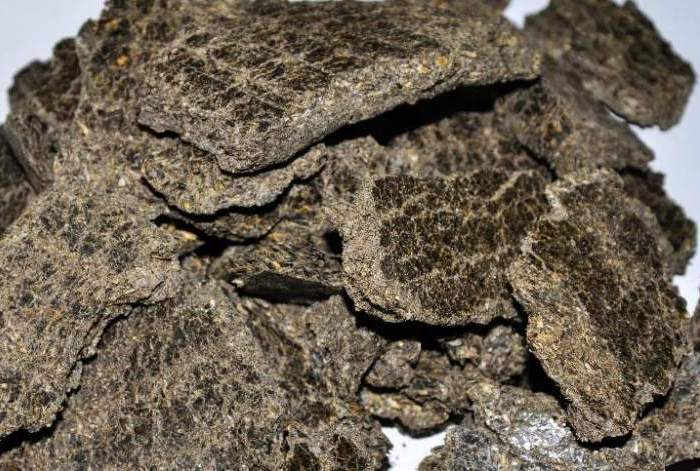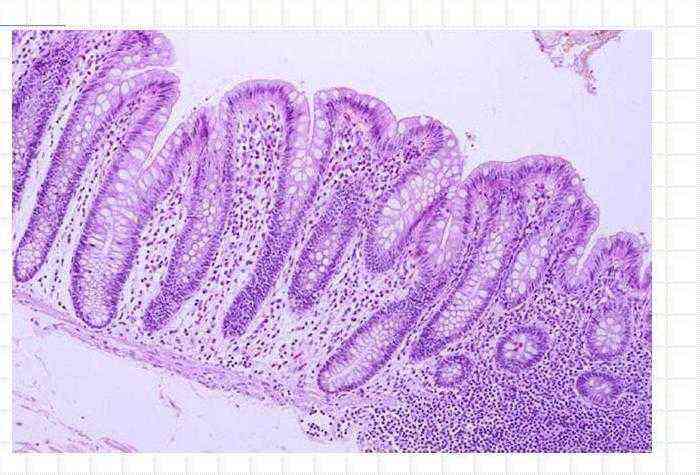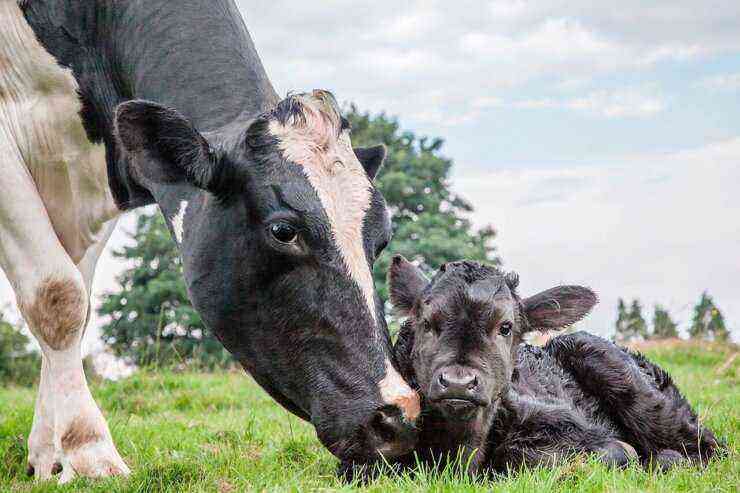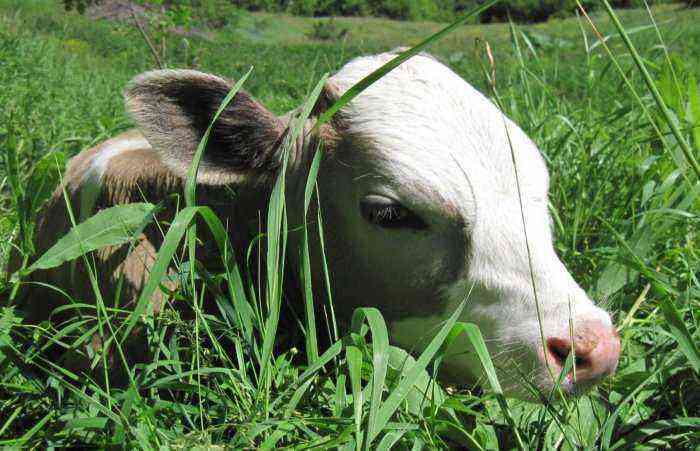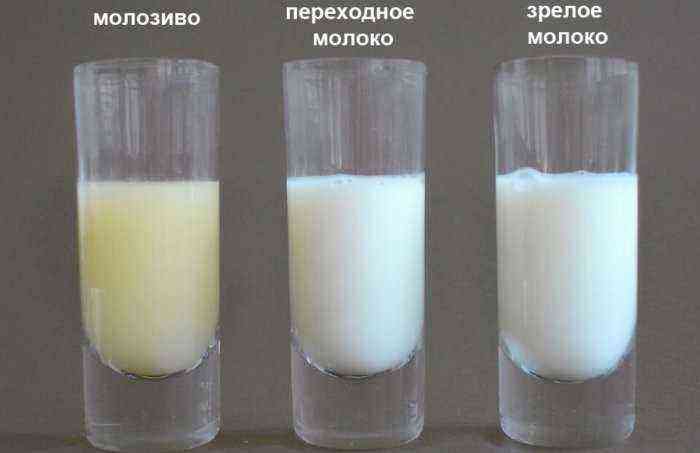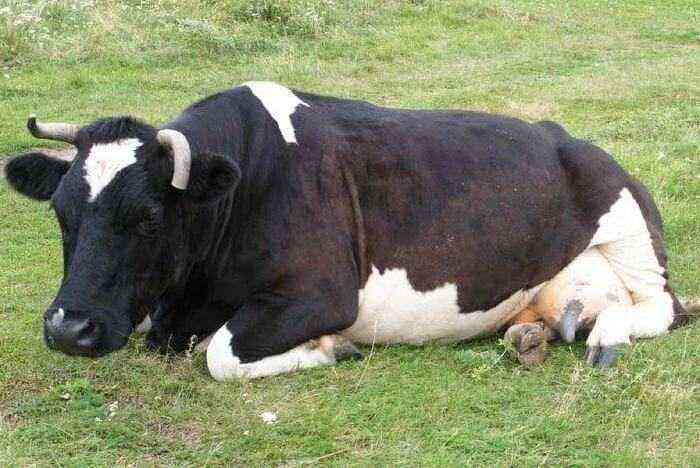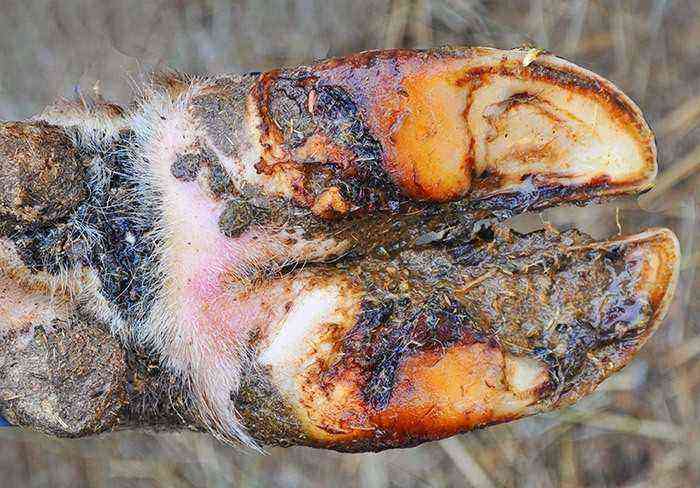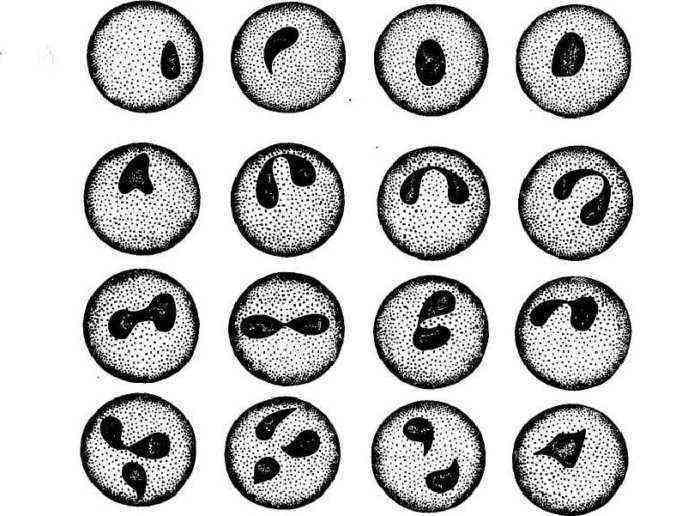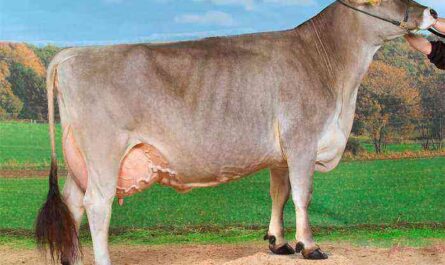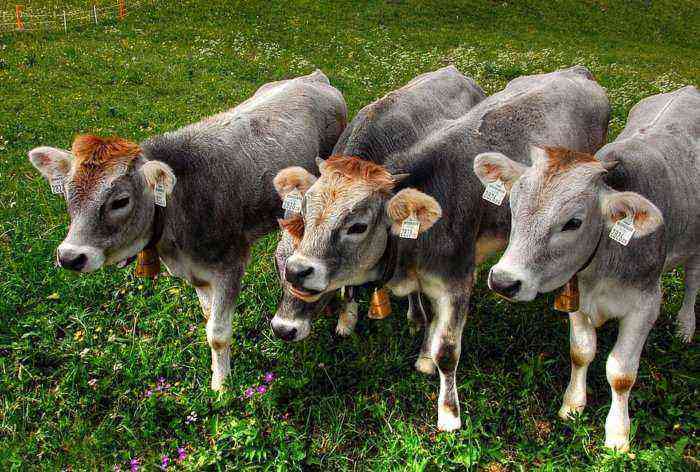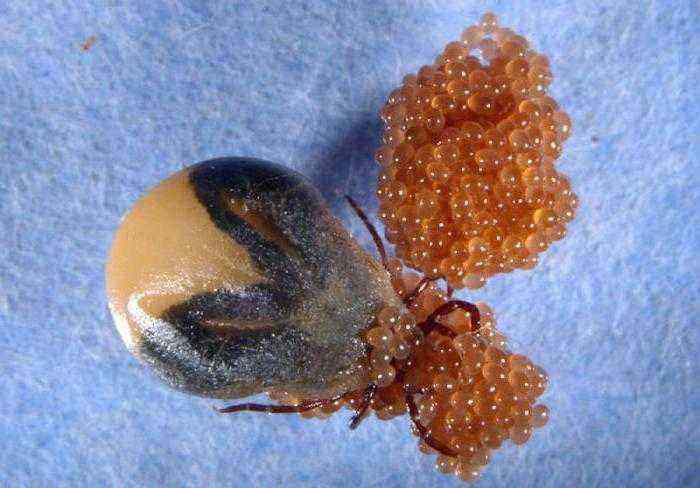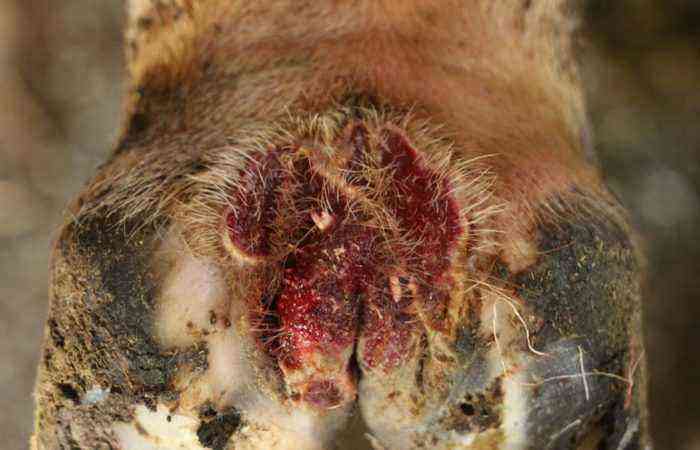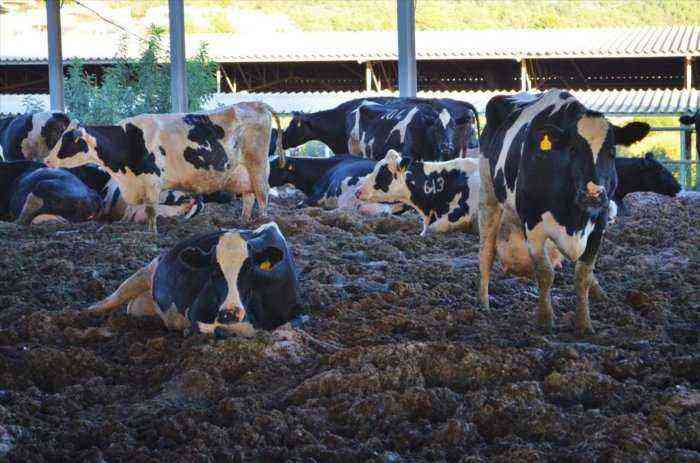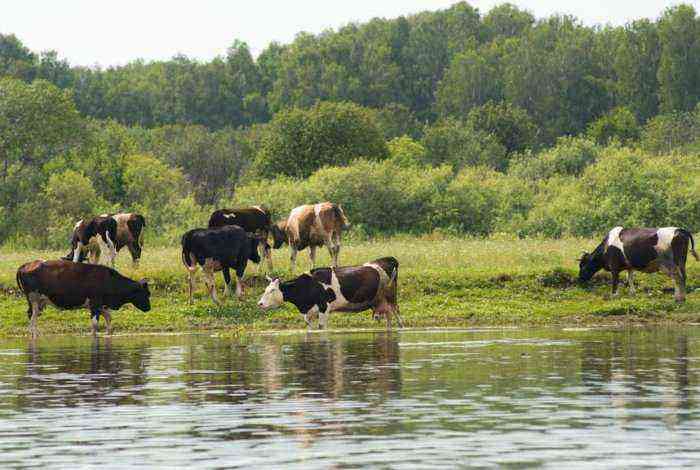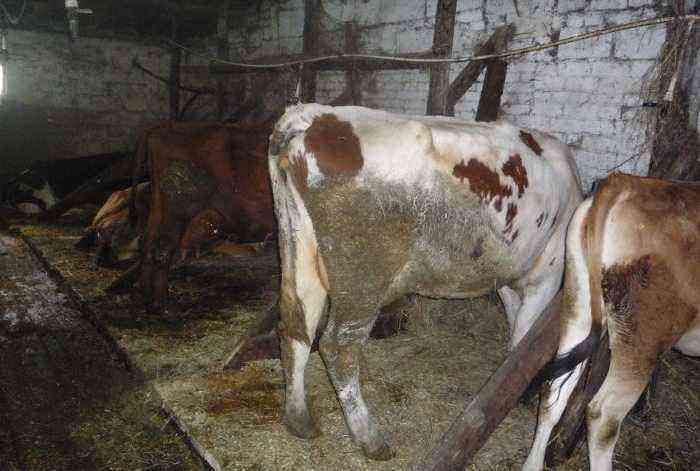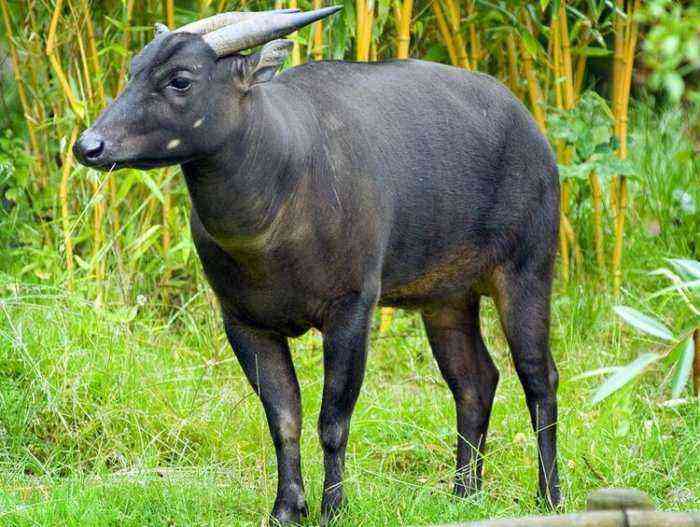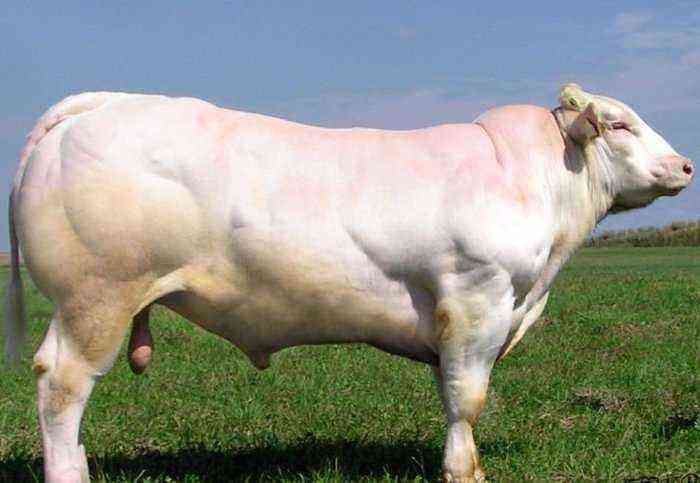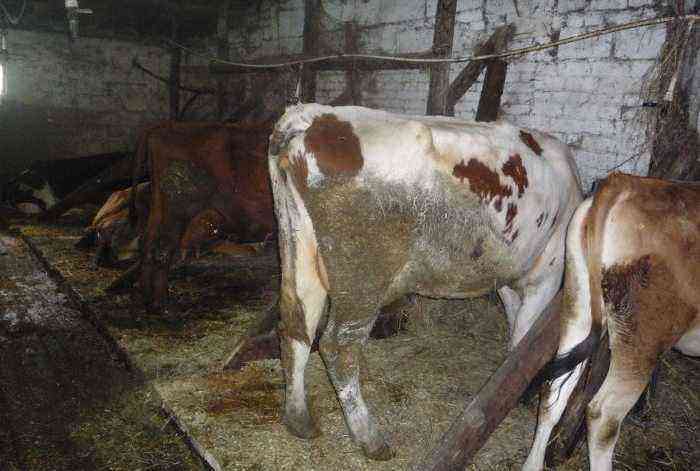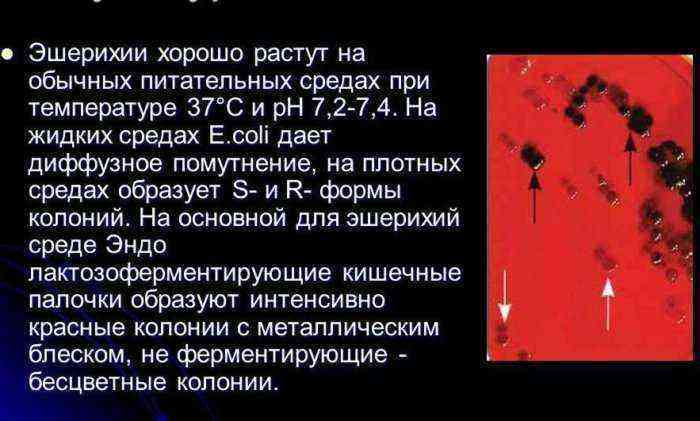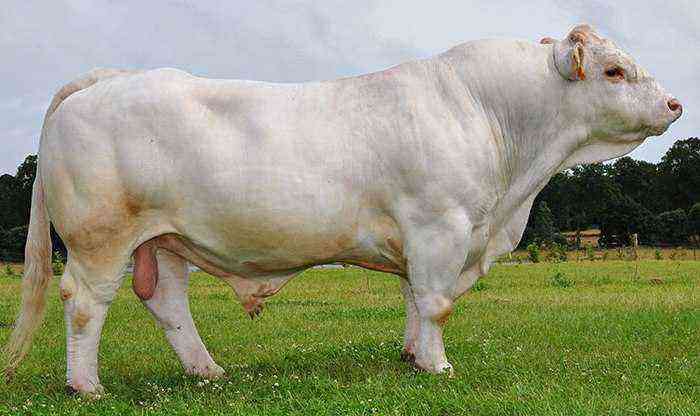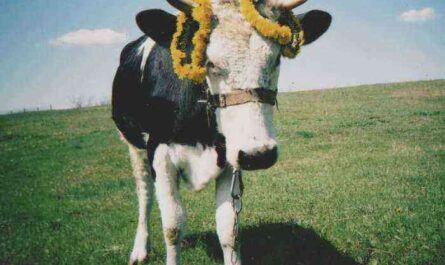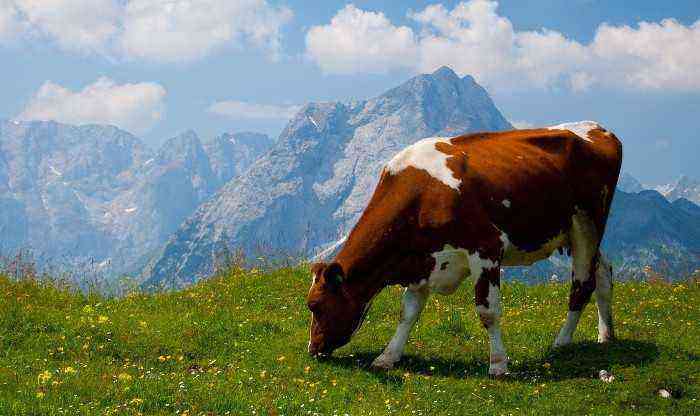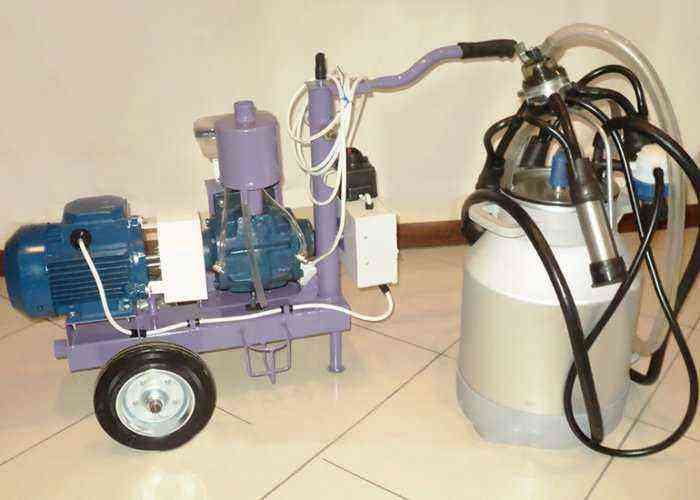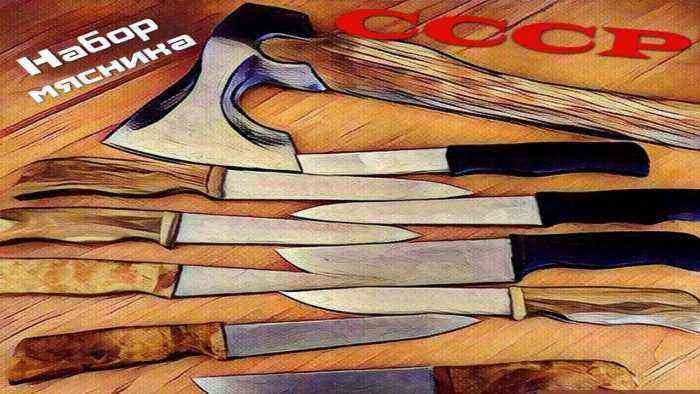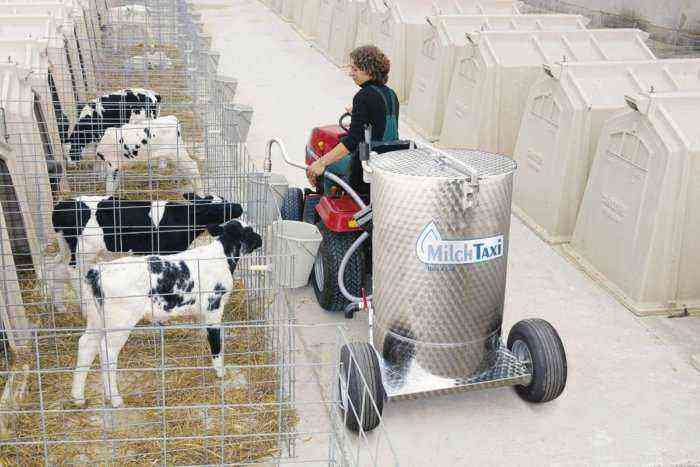Properly selected balanced diet is the key to productivity and good health of cattle. But it is worth noting that it is not always possible to provide such feeding by one’s own efforts. And it is in this case that an extremely useful addition to the diet will be feed for cows, which already in the right proportions includes all the nutrients, minerals and vitamins necessary for the animal.
Compound feed for cows
What is mixed feed?
Combined feed (compound feed for cattle) is a mixture of various feed components that are selected in accordance with a clearly calculated recipe and assembled according to a specific technology. The purpose of creating this product is to provide the right concentration and ratio of nutrients, as well as increase its shelf life.
Each manufacturer has his own recipe for preparing such food. The most common mixtures include:
- the basis of cereals;
- roughage;
- food industry waste;
- vitamin complexes;
- mineral additives and premixes.
As a rule, the mixture is compiled depending on the specific category of animals. Compound feed for a dairy cow suggests its own composition. The set of components for the calf will be different, it includes increased rates of carbohydrates, calcium and phosphorus. A separate recipe has also been developed for inseminating bulls.
The general technology for the production of combined feed is reduced to a thorough grinding of all ingredients and mixing them into a total mass. Also, the manufacturing process often includes heat treatment and pressing of raw materials to give them the form of briquettes or granules.
Reference. Compound feed for animals (depending on the species) is fed either in pure form or in combination with succulent and other feeds.
Benefits of using compound feed
The various combination feed options for cattle offer many advantages over other feed types. The main advantages of such compositions include:
What does feed look like
- Better absorption of nutrients by animals. All vitamins, protein, fats and other components are not destroyed during processing, but can break down into a form that is easier to digest.
- Less feed consumption. Since the compound feed is more fully digested, and the amount of waste is reduced, the conversion of such food is much higher. Consequently, the increase in productivity is increased due to the smaller amount of feed.
- Storage duration. Dry compound feed in a warehouse may not deteriorate for months, while the granular form is practically not affected by dampness and freezing.
- Improving taste. It is not uncommon for cattle to have a preference for one type of food while ignoring others due to unsuitable texture or taste, but when processed into a mixture, this problem is completely exhausted.
- Combined feed is much easier to transport. In addition, they are also much easier to use and dose than whole feed stocks.
- Balanced composition. All ingredients of the purchased feed are optimally combined in accordance with the needs of a certain category of livestock. This means that the animal receives the required amount of nutrients, minerals and vitamins.
- Ease of preparation. With simple equipment, this format of feed can be prepared with your own hands right on the farm.
- Animals eat compound feed in the form of granules with pleasure and practically do not leave it. The remains are extremely easy to remove from the feeders, which prevents the development of pathogenic microflora.
Types of combined feed
Depending on the recipe and methods of preparation, compound feed can be divided into several different types. The most characteristic feature in this division is the composition of the feed. According to it, there are:
- Complete compositions. Such a mixture includes all the volumes of nutrients necessary to ensure high productivity of the cow. When feeding an animal with this type of food, it is not necessary to introduce other types of food into the diet.
- Concentrated feed. It is used most often as an addition to highly productive livestock. Most of this mixture is grain and products of its processing. It is fed to cows along with juicy and roughage.
- Feed additives and premixes. They are used as one of the components of the cattle diet.
Feed additives and premixes
It is also possible to divide combined feeds into types according to the form in which they are produced. In this regard, there are:
- Finely or medium-sized food. This format does not imply further pressing of raw materials. It is a homogeneous mass of several components.
- Granulated feed. Ingredients additionally undergo high-temperature processing and pressing under high pressure. As a result, more nutrients are broken down into easily digestible ones. In addition, in the process of such processing, all bacteria and microbes are destroyed.
- Briquettes. The production process of this form is similar to the previous one. The only difference is that the compound feed is supplied in the form of flat tiles, which are further crushed to the desired size.
The distinction can also be made according to the intended purpose of the product. In accordance with it, compound feed is isolated for calves, breeding bulls, pregnant cows, females located on dry wood.
Feed composition
The composition of feed for cattle is selected based on the needs of each age and physiological group of animals. Accordingly, the ingredients for young animals are selected alone, while for adults they are completely different.
For calves
When feeding babies with high-quality starter feed, the further productivity of animals increases by 12% in comparison with those individuals who were fed with other feeds. One of the most common recipes in this regard is the following:
- wheat – at least 20% of the total;
- wheat bran – another 20%;
- barley – 20%;
- oats – at this stage no more than 10%;
- calcium phosphate, salt and crushed limestone – 1% each.
sunflower meal
Sunflower meal is optimal as a basis. If desired, oats, as well as partly wheat and barley, can be replaced with millet or corn. From about the 6th week of a calf’s life, silage or vinasse can be introduced into the combined feed. They will help the development of the baby.
The amount of carbohydrates in the feed mixture for animals of this age group should be about 70%. Proteins from the total volume occupy no more than 15%. This ratio is explained by the fact that a growing organism needs a colossal amount of energy, which is given by carbohydrates during absorption.
For cows
Compound feed for cows is slightly different in composition from the mixture for young animals. The main ingredients for it are the following:
- grain base;
- protein sources;
- mineral supplements.
Wheat, barley, millet and oats are suitable for feeding adult livestock. Sunflower meal and soybean meal serve as an inexpensive but plentiful source of proteins. Alfalfa hay can also be used occasionally.
As for vitamins and minerals, their need for feeding is replenished by adding special premixes to the general composition. They provide the right balance of micro and macro elements.
Reference. Alternatively, you can use tricalcium phosphate, table salt, bone and fish meal.
There are at least 10 different recipes for the preparation of compound feed based on these components. But when choosing the right one, it should be remembered that lactating cows need feed with a high proportion of calcium, phosphorus and protein. During pregnancy, compound feeds with a minimum amount of these components are more suitable.
How much feed does a cow need per day?
When introducing compound feed into the diet of a cow, it is important to determine how much of this food she needs to be given per day. The amount will be strictly individual in each case, and it depends on many factors. First of all, the productivity of the animal is taken into account. As a rule, a healthy cow eats 2 kg of compound feed per day for every kilogram of milk. It is fed 2-3 times a day after feeding with other types of food.
Feeding the calf with mother’s milk
Before accustoming a newborn calf to compound feed, it is fed with mother’s milk until the age of 10 days. On day 10, breeders advise giving starter feed as complementary foods. At this time, the dosage is no more than 1 tablespoon, while the dry mixture is diluted in milk.
In the future, the rate is gradually increased. By the 4th month, the amount of combined feed should already reach 1 kg. The transition to a full dosage of 2 kg must be carried out before the age of 6 months.
Feeding calves and adult cattle with combined feed helps to increase productivity and improve the health of animals. But before introducing such food into the diet of cattle, you should familiarize yourself in detail with the main types of such feeds, as well as with the dosages and features of their use. Exceeding the physiological needs for nutrients, minerals and vitamins can have the same negative effect on the body of a cow as their deficiency.


